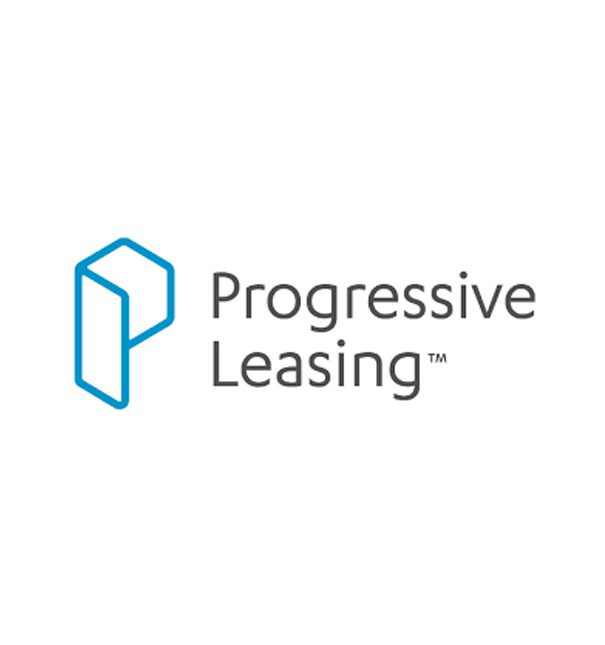In the dynamic and ever-evolving world of retail, understanding your financial health is not just a recommended practice; it’s a critical necessity for survival and growth. For a furniture retail store, comprehending the intricacies of your financial well-being can make the difference between thriving and fading into obscurity. This blog will delve into the importance of understanding your retail financial health, focusing on key aspects such as liquidity, solvency, profitability, and operating efficiency.
The Foundation of Financial Health
Before we dive into the specific aspects, let’s establish why financial health is the bedrock of a successful furniture retail store. Financial health is a comprehensive evaluation of your business’s fiscal well-being, providing insights into your ability to meet short-term and long-term obligations, generate profits, and manage day-to-day operations effectively. It’s akin to a regular check-up for your business, ensuring it’s in the best possible shape to weather any storms and seize opportunities.
Liquidity: The Lifeblood of Retail
Liquidity is like the lifeblood of your furniture retail store. It’s all about having enough cash and assets to convert into cash to cover your short-term obligations quickly. In the furniture retail industry, this can include expenses such as rent, employee wages, inventory costs, and any other operational costs. Retailers need to have enough liquid assets, such as cash or easily sellable inventory, to cover these expenses in case of unexpected events or fluctuations in sales.
Maintaining a healthy level of liquidity ensures that you can seize opportunities when they arise and avoid falling into a cash flow crisis. By understanding your liquidity position, you can effectively plan your inventory purchases, seasonal sales, and marketing campaigns.
One way to measure liquidity is through the current ratio, which divides current assets (cash and other assets that can be converted into cash within a year) by current liabilities (short-term debts). A healthy current ratio for a furniture retailer would be between 1.5 and 2, indicating that the business has enough liquid assets to cover its short-term obligations.
Solvency: Building a Strong Foundation
While liquidity focuses on the short-term, solvency looks at your long-term financial stability. This is important for furniture retailers as they often have large investments like in-store locations, inventory, and equipment, and it assesses your ability to cover long-term debts and obligations, which is vital for your furniture retail store’s credibility and sustainability.
Solvency is reassuring creditors, investors, and suppliers that your business is financially stable. By analyzing your solvency, you can make informed decisions about taking on debt for expansion or investing in growth opportunities while maintaining financial prudence.
One way to measure solvency is through the debt-to-equity ratio, which divides total debt by total equity. A high debt-to-equity ratio can indicate a heavy reliance on debt financing and may cause concern. Furniture retailers should keep this ratio below 1.5 or at least in line with industry standards.
Profitability: The Heartbeat of Your Business
Profitability is the heart and soul of any retail operation. It’s not just about making sales but also about ensuring that those sales generate profits. To understand your profitability, you need to analyze your gross and net margins and your overall return on investment.
For a furniture retailer, it’s essential to identify which product lines or categories are the most profitable and which might need optimization. This knowledge can guide pricing strategies, marketing efforts, and inventory management, ultimately boosting your bottom line.
In the furniture retail industry, where competition is high and margins can be tight, it’s important for retailers to closely monitor their net profit margin (which divides net income by total sales). A healthy net profit margin can vary depending on the business size, but a general guideline would be above 5%. If a retailer’s net profit margin is consistently below this benchmark, it may indicate that changes must be made to improve profitability.
Operating Efficiency: Running a Tight Ship
Operating a furniture retail store efficiently can be a complex task. This is important for furniture retailers as they often have high fixed costs, such as rent and employee salaries, that need to be covered to turn a profit. You can identify bottlenecks, streamline processes, and optimize your supply chain by assessing your operating efficiency. This reduces costs and enhances customer satisfaction by ensuring products are available when needed, and orders are processed swiftly.
One way to measure operating efficiency is through the asset turnover ratio, which divides total sales by total assets. A higher ratio indicates that a retailer generates more sales with fewer assets, meaning they use their resources efficiently. It’s important for retailers to regularly track and improve this ratio to maximize profits and maintain a competitive edge.
The Competitive Edge
Understanding your retail financial health isn’t just about survival; it’s about gaining a competitive edge, and in a crowded market, being financially healthy sets you apart from competitors who might be struggling with cash flow issues, high debt, or inefficiencies.
A strong financial position can also attract investors and lenders, giving you access to additional capital for expansion and innovation. It enables you to invest in marketing, technology, and customer experience enhancements that can drive growth and customer loyalty.
Tools and Resources for Financial Health Assessment
Now that we’ve established the importance of understanding your retail financial health, let’s explore some practical steps you can take to assess and improve it:
Financial Statements: Regularly review your income statements, balance sheets, and cash flow statements to view your financial performance comprehensively.
Key Ratios: Calculate liquidity, solvency, profitability, and efficiency ratios to pinpoint areas that need attention.
Budgeting and Forecasting: Develop accurate financial forecasts and budgets to plan for the future and identify potential challenges.
Inventory Management: Implement efficient inventory management systems to optimize stock levels and reduce carrying costs.
Cost Control: Continuously monitor expenses and identify opportunities for cost reduction.
Customer Feedback: Listen to customer feedback to identify areas for improvement in your product offerings and customer experience.
The Big Picture
Understanding these four components of financial health is crucial for furniture retailers as they can provide valuable insights into the business’s overall performance. By regularly monitoring liquidity, solvency, profitability, and operating efficiency, retailers can make informed decisions and take proactive measures to ensure the long-term success of their business.
It’s also important for retailers to not solely rely on financial ratios but also look at other factors such as market trends, customer feedback, and competition. By taking a holistic approach to understanding your retail financial health, furniture retailers can stay ahead in a competitive industry and continue to grow and thrive.
So next time you’re reviewing your financial statements, take a step back and look at the bigger picture – it could make all the difference in the success of your business. Understanding your retail financial health is crucial for your furniture store’s long-term stability and growth. By keeping tabs on these key components, retailers can make informed decisions to improve their financial health and sustain a successful business. So don’t just focus on profits, but also take a deeper dive into your financials to understand the health of your furniture retail store truly.











